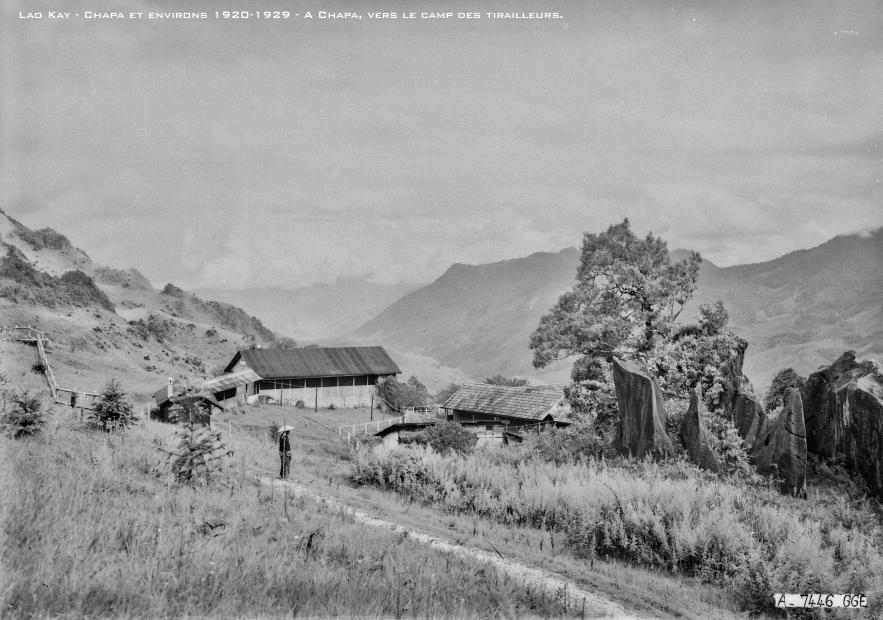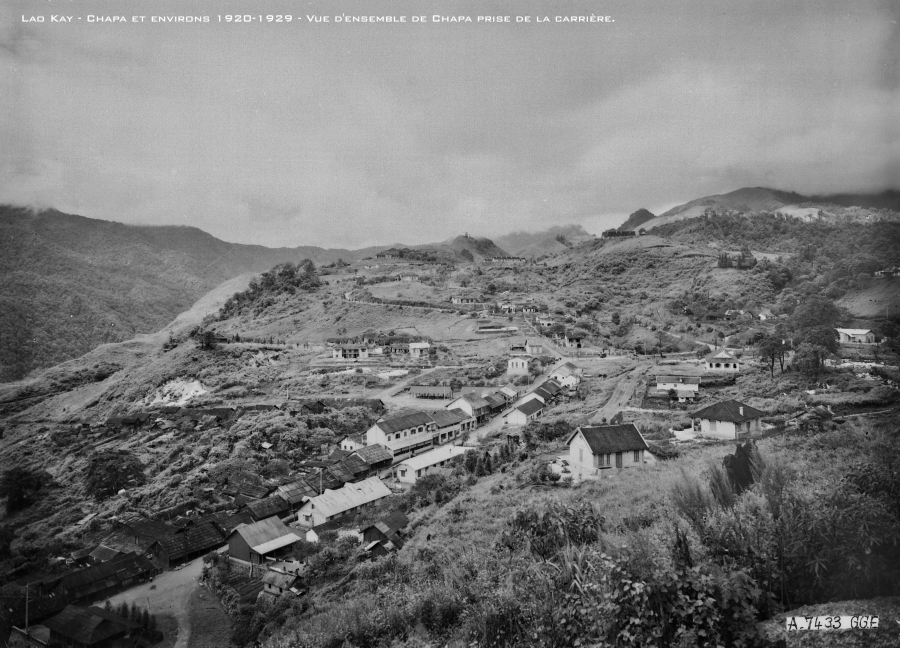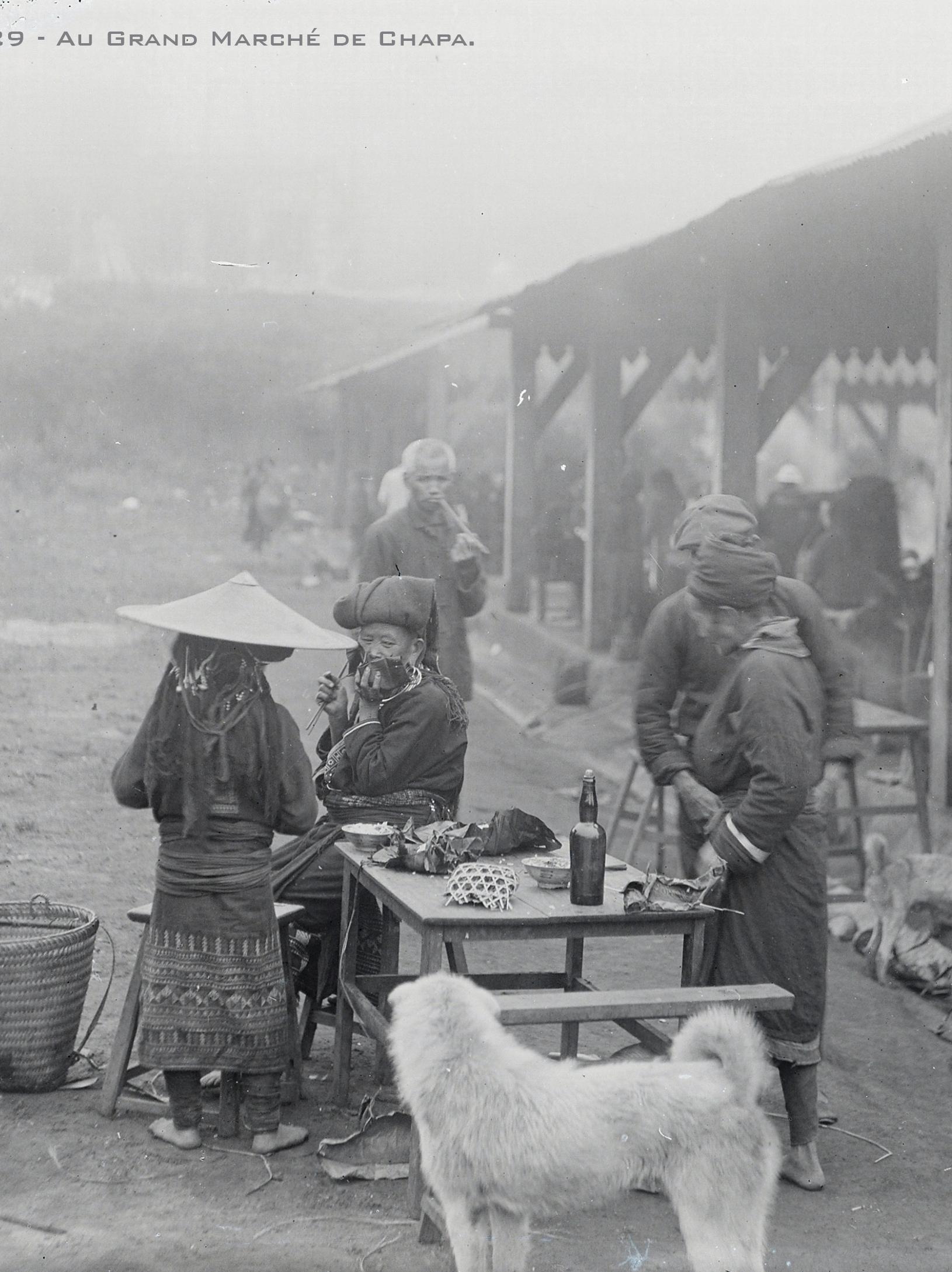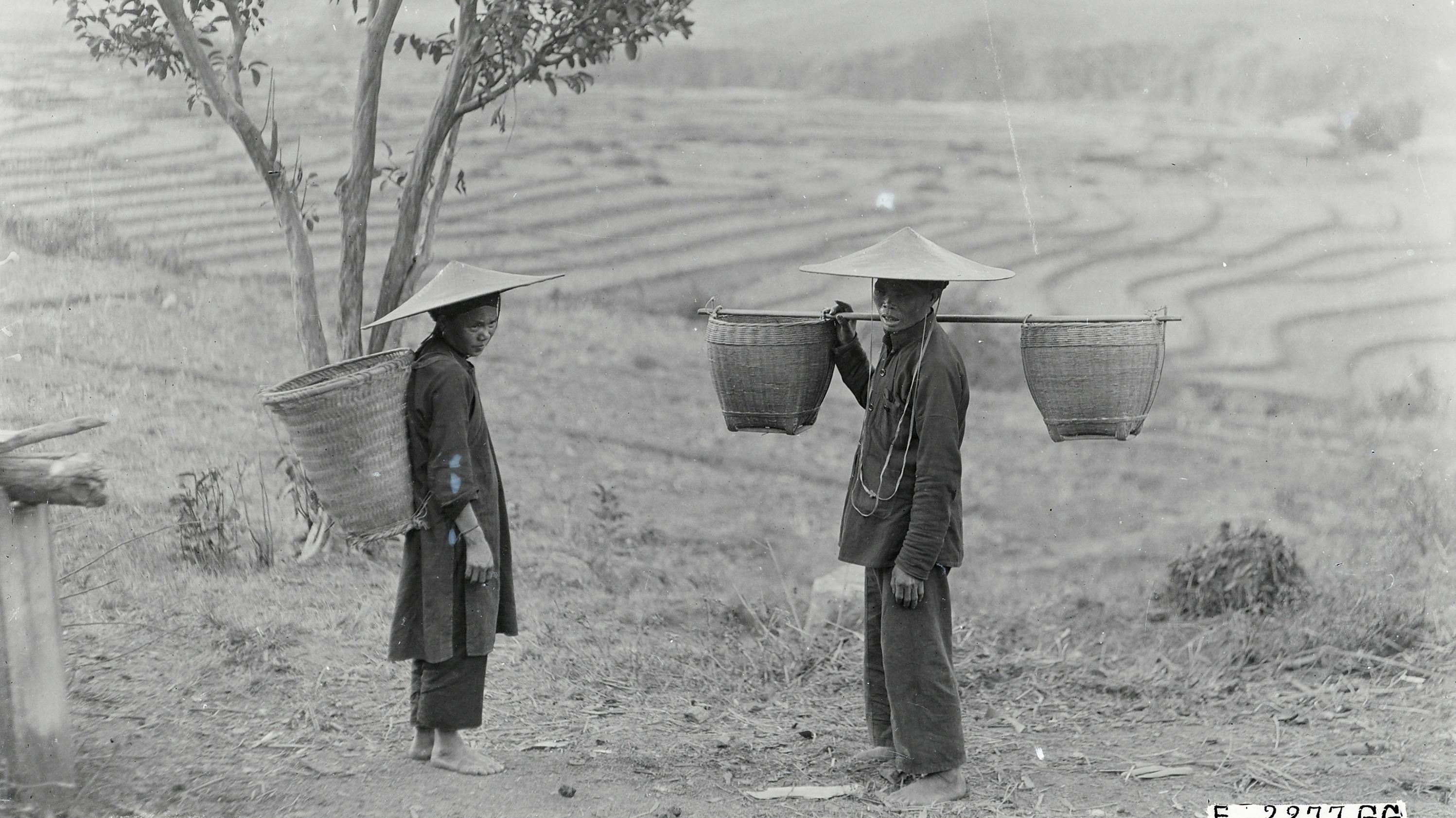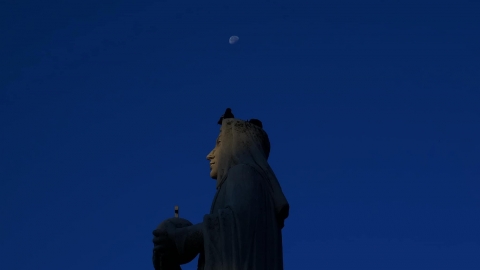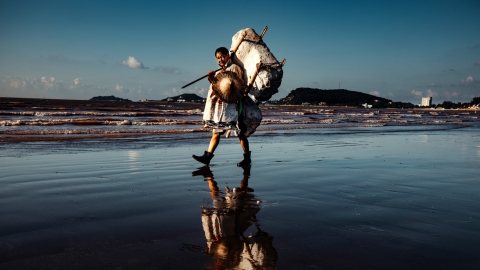In the late 19th century, the French colonial government in Vietnam made a field trip to some ethnic minority areas in the North. The first reconnaissance convoys were sent to Lao Cai province in 1898. By 1903, the place name Sa Pa began to appear on the map of Vietnam.
The name Sa Pa comes from “Sa Pa” in the H'Mong language, transliterated into French as “Chapa”. From then on, “Chapa” became the name that the French colonialists used for this highland town during the colonial period.
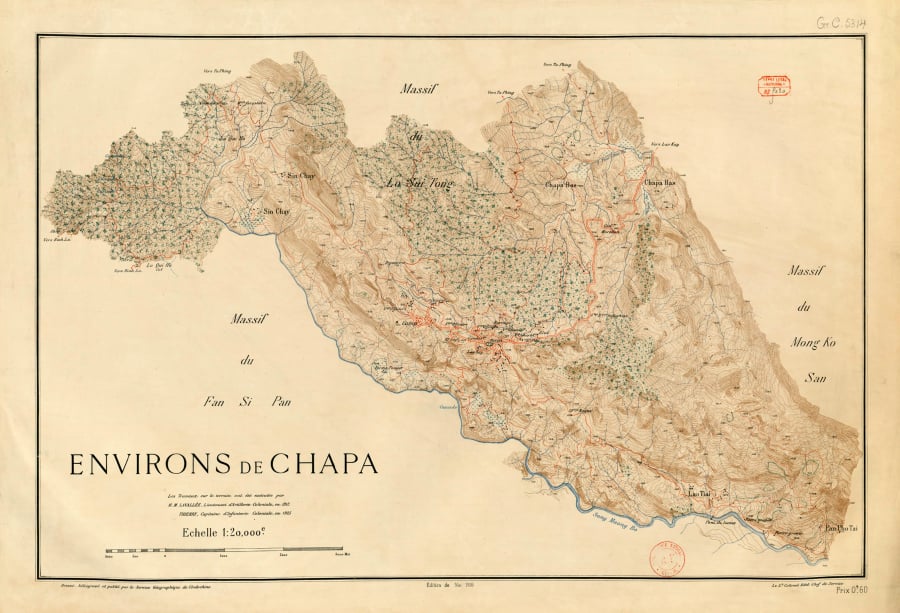
Map of Sa Pa in 1926.
In 1917, a tourist center was established, opening a new brilliant chapter for the local tourism industry. The first hotel to open in Sa Pa was the Hotel du Fansipan (Fansipan Hotel), built on the main road. At the same time, several other hotels were also under construction. In 1920, the Hanoi - Lao Cai railway line came into operation, creating conditions for hundreds of resort villas to spring up all over the town. Since the 1980s, Kinh people from big cities began to flock to this mountain town to do business in agriculture and tourism services.
Below are black and white photos taken by the French nearly a century ago, recording the first steps in transforming Sa Pa from a placequietly,become a bustling tourist destination as it is today.
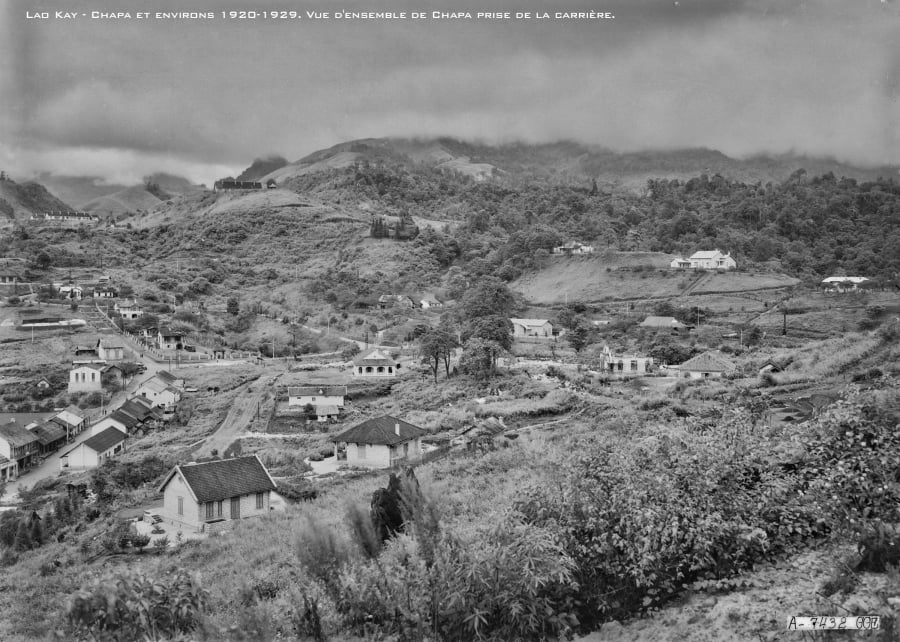
Panoramic view of Sa Pa town in the 1920s.
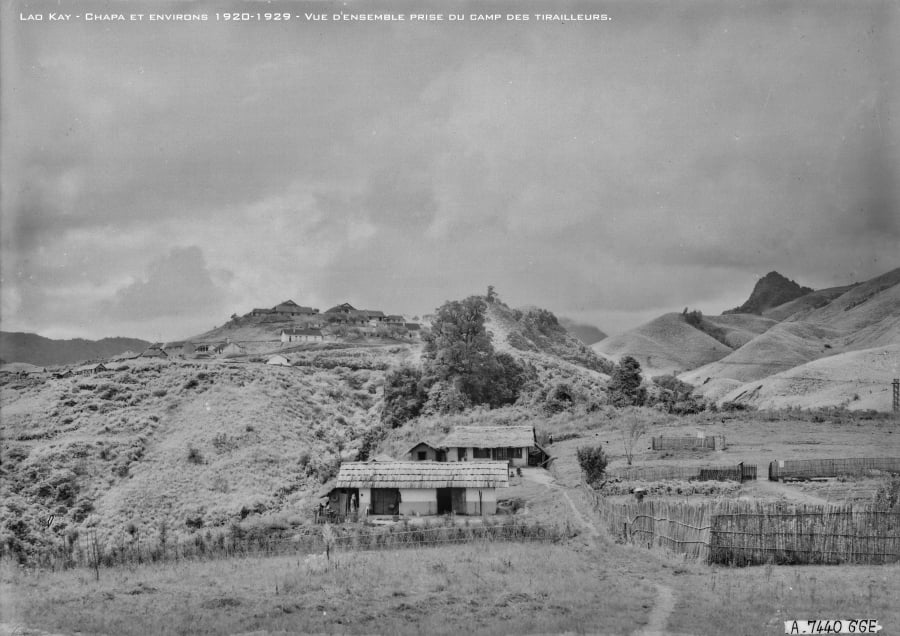
View from Annam military camp.

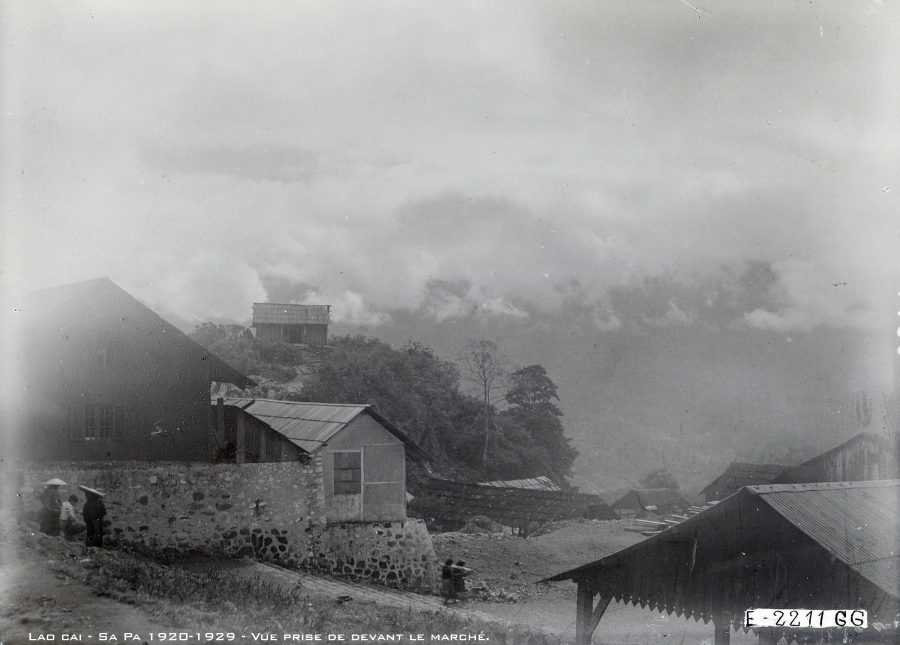

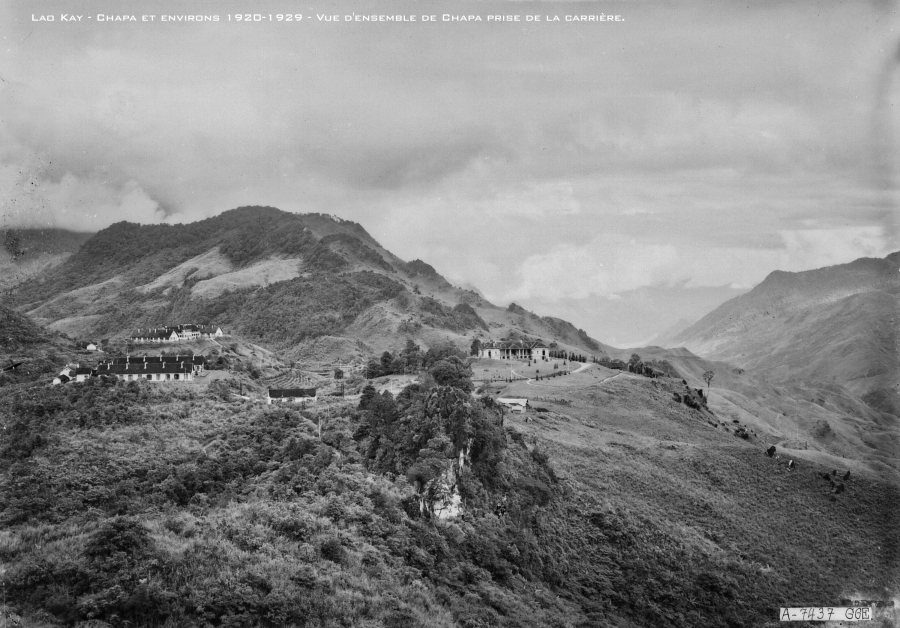
From the moment they first arrived, the French were impressed by the beauty of Sa Pa. At that time, there were many research articles about Sa Pa, especially the article “Resort” by Hautefeuille in the Indochina magazine in 1910, which wrote: “I was completely captivated from the first trip to Sa Pa. The road leading to Sa Pa runs through an area with beautiful scenery. Two-thirds of the way through the forest with rare beauty... The valley between the Fansipan range and the Sa Pa plateau (also known as the Lo Suoi Tung plateau) is as beautiful as the valley of the Pyrenees range in Spain...”.
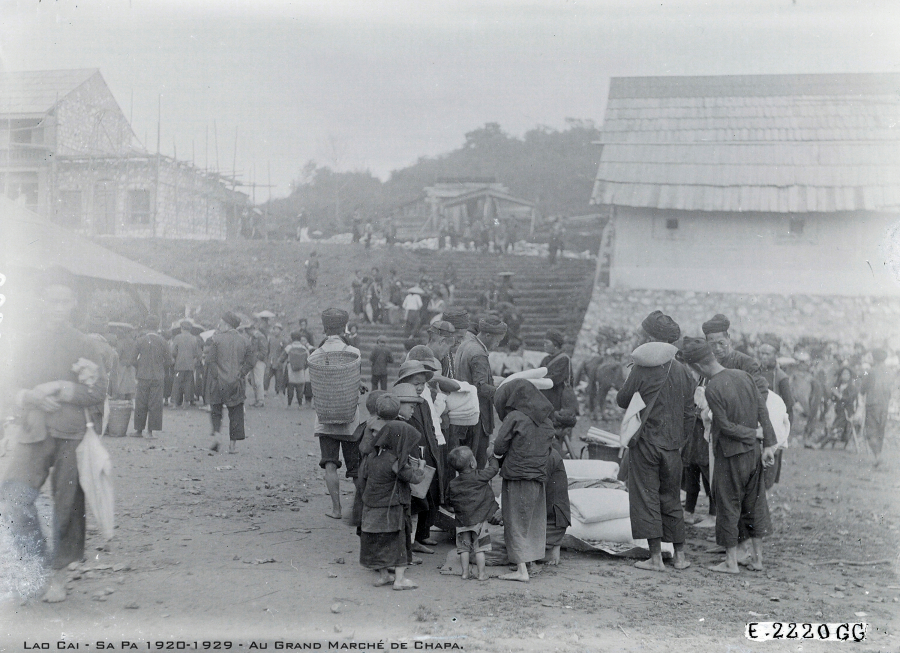
Bustling trading activities at a market of ethnic minorities in the mountainous region.
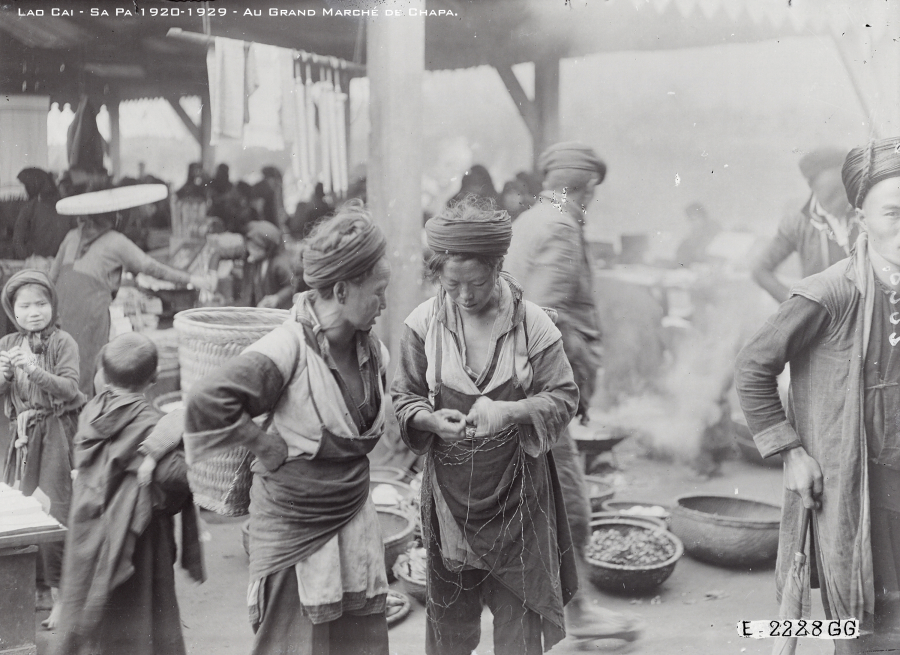
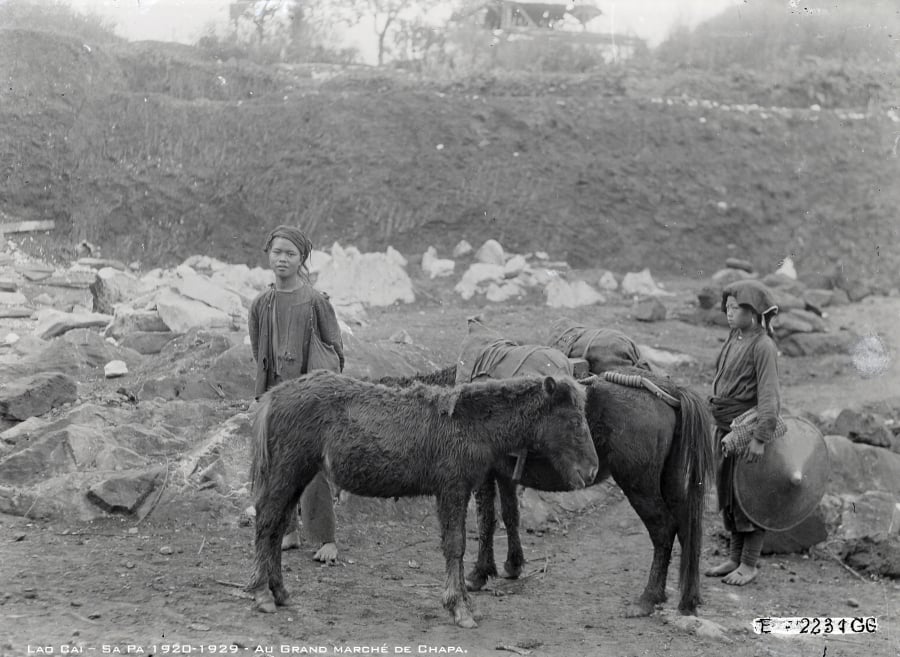
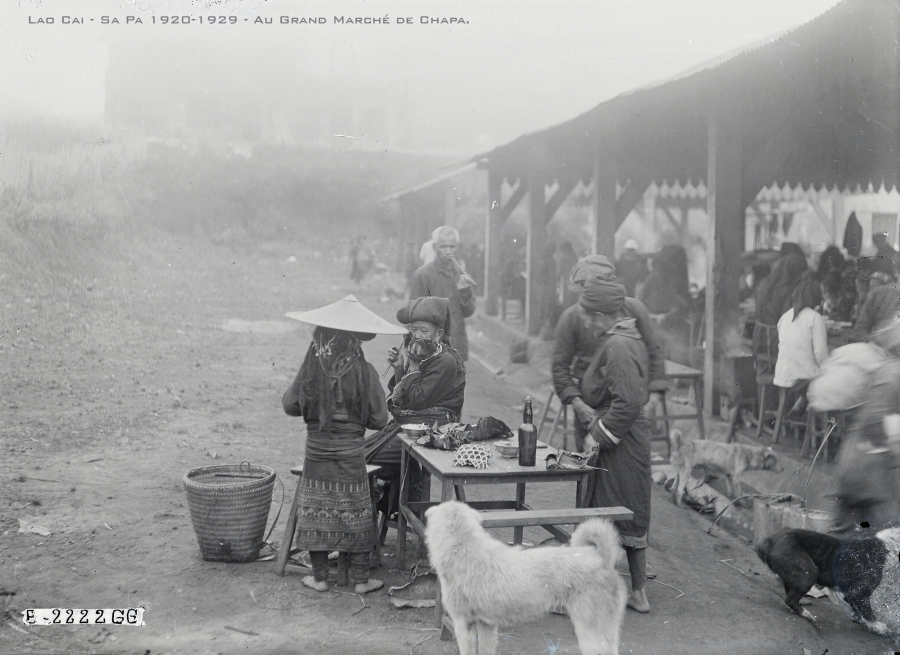
A restaurant inside the highland market.

Sapa is located at the intersection, the center of the village directions. It is the intersection of the roads from the villages in the northern valley such as Ta Giang Phinh, Ban Khoang to the southern villages such as Ban Ho, Suoi Thau, Ta Van, Lao Chai, so Sapa is often the market place, the place for trading of the people here.

In the picture is the scene of students lining up for the teacher to take attendance before entering the classroom.
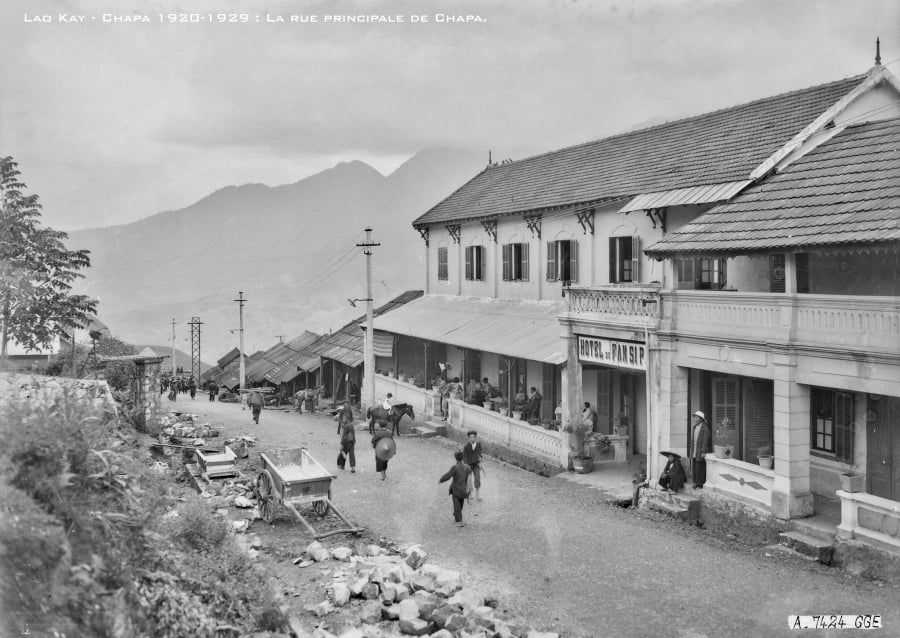
Next to it is Hotel du Fansipan, the first hotel to be built, located on the main road.
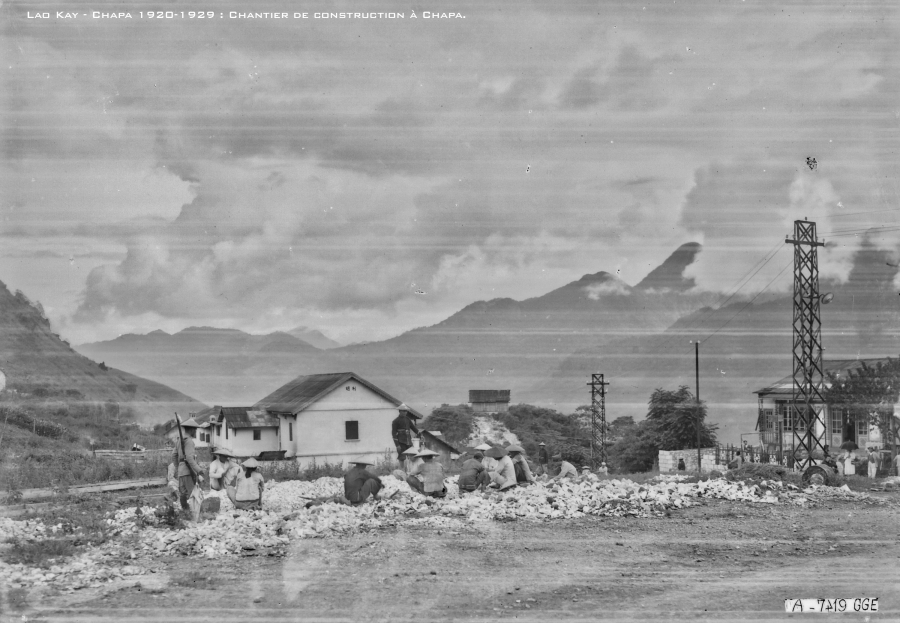
A construction site in Sa Pa.
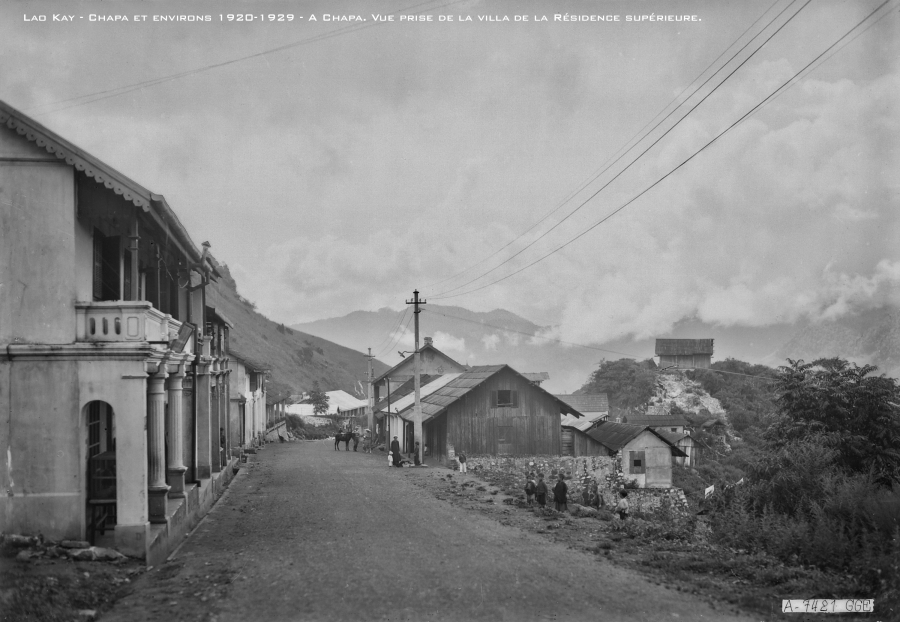
French houses

A spacious hotel complex is under construction.

Office of the French-founded Stein Company, a company that operates transportation services in Lao Cai province.
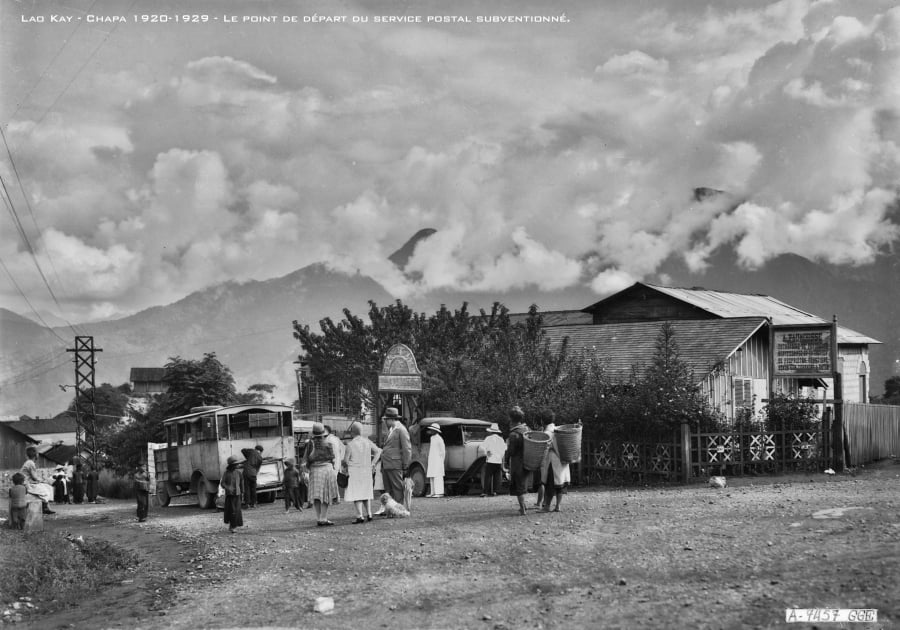
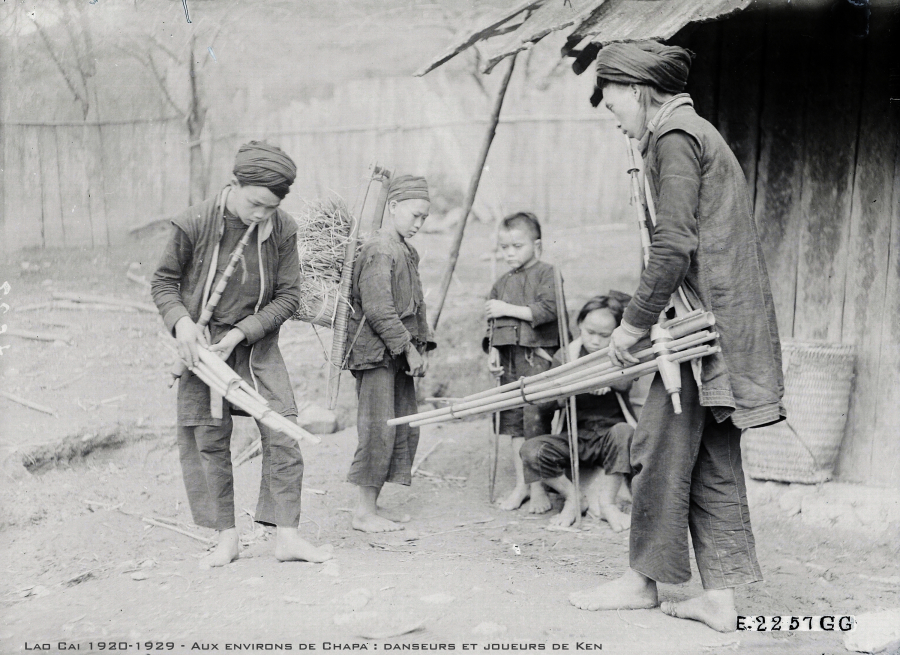
It is not difficult to see young people in Sa Pa dancing with the panpipe, a characteristic of ethnic minorities.
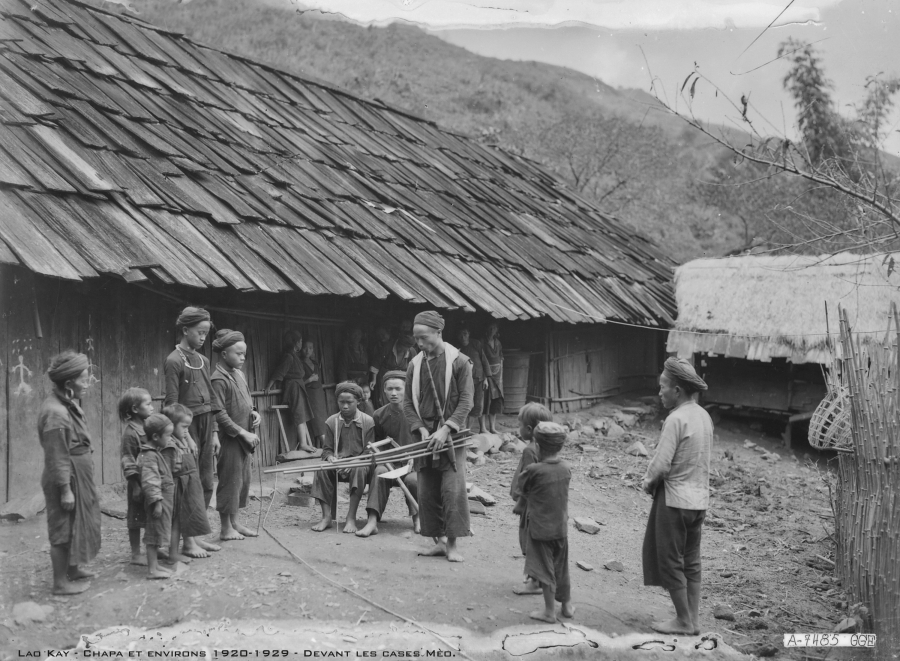
At market sessions, they often gather at panpipe stalls.
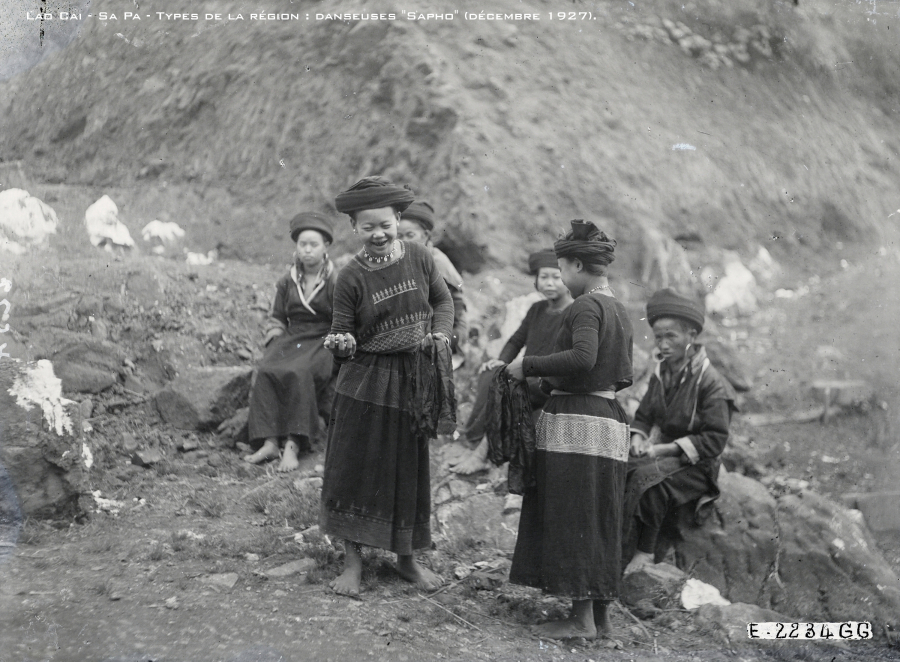
Meanwhile, Hmong women like to stop by stalls selling floral skirts and jewelry.
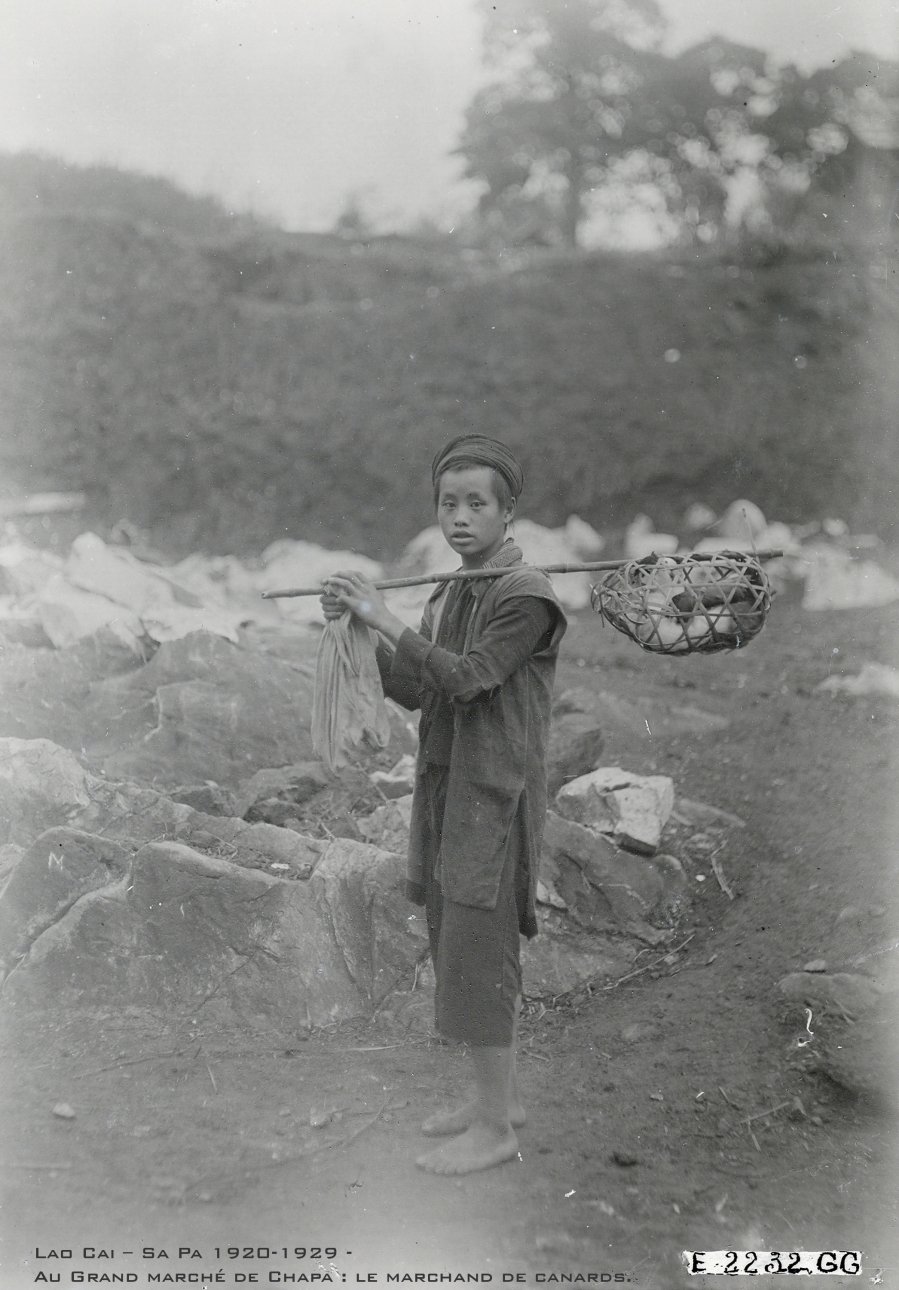

The simplicity and gentleness exude from the scenery to the people here.
